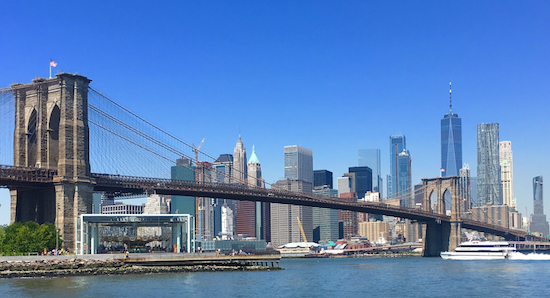Landmarks Preservation Commission approves Brooklyn Bridge archway renovations

The city Department of Transportation plans new repairs for the iconic Brooklyn Bridge, which is seen here from Brooklyn Bridge Park. Eagle photo by Lore Croghan
Construction alert!
The city Department of Transportation plans to renovate the underbelly of the famous Brooklyn Bridge.
The agency hopes to start next June on a major overhaul of the Italian Renaissance-style arches that are important architectural features of the approach to the bridge in Lower Manhattan.

Brooklyn Boro
View MoreNew York City’s most populous borough, Brooklyn, is home to nearly 2.6 million residents. If Brooklyn were an independent city it would be the fourth largest city in the United States. While Brooklyn has become the epitome of ‘cool and hip’ in recent years, for those that were born here, raised families here and improved communities over the years, Brooklyn has never been ‘uncool’.